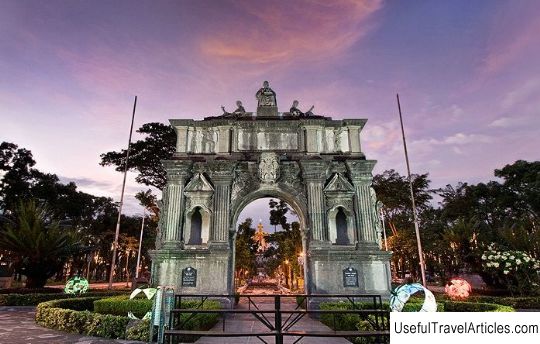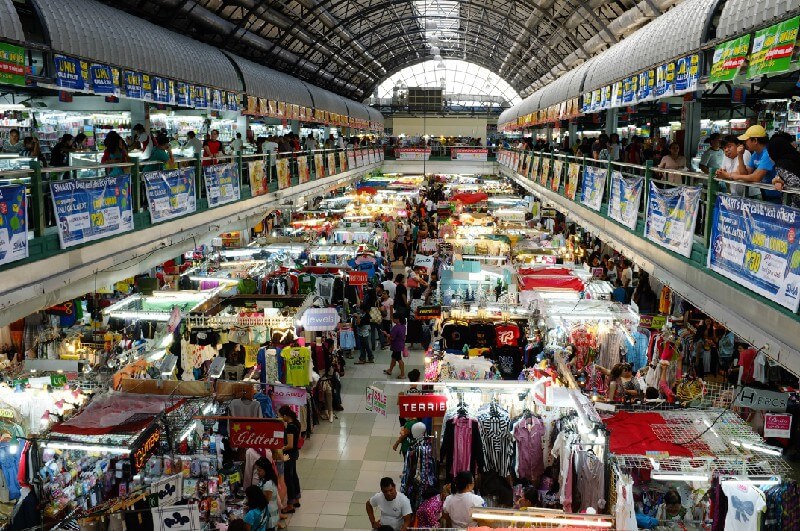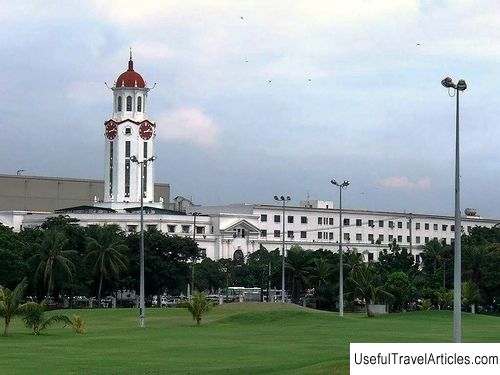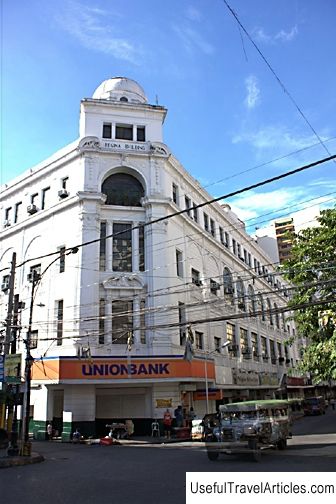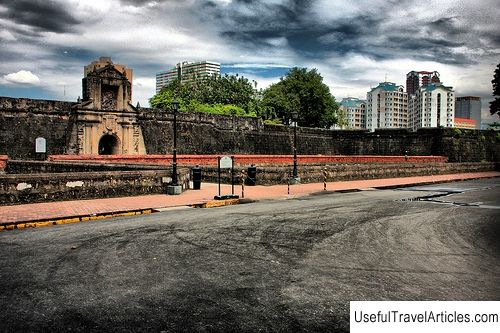The National Museum of Philippines description and photos - Philippines: Manila
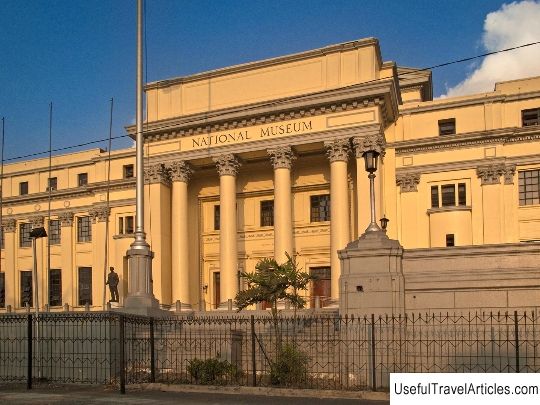
The National Museum of the Philippines description and photos - Philippines: Manila. Detailed information about the attraction. Description, photographs and a map showing the nearest significant objects. The title in English is The National Museum of Philippines. Photo and DescriptionThe National Museum of the Philippines was founded in 1901 as a museum of natural history and ethnography of the peoples of the Philippines. It is located in Manila, near Rizal Park and the historic Intramuros area. Its main building was built in 1918 by the American architect Daniel Burnham. It once housed the Congress of the Philippines, and since 2003 has been occupied by the Museum's National Art Gallery and Natural History Exhibitions. The adjacent building, which was formerly the office of the Department of Finance, today houses another subdivision of the museum - the Museum of the People of the Philippines, which stores anthropological and archaeological collections. Today, the former building of the Department of Tourism is also being converted into a Museum of Natural History. In the 1970s, the then director of the museum, Godofredo Alcida, had the idea of building a Planetarium, which was supported by Maximo Sacro, Jr., one of the founders of the Philippine Astronomical Society and an employee of the State Meteorological Office. The project was presented to the First Lady of the country, Imelda Marcos, who asked the Department of Public Works to raise funds for the construction of the Planetarium. Construction began in 1974 and lasted nine months. In 1975, the Planetarium, located in Risal Park between the Chinese Garden and the Reading Center, was officially opened. Today, it hosts lectures and exhibitions introducing visitors to astronomy and its development in the Philippines. It features realistic shows dedicated to various astronomical bodies. In 1998, the Planetarium was included in the National Museum. The National Art Gallery houses several exhibitions dedicated to the art of the Philippines. The Main Hall houses works by 19th century artists Juan Luna and Felix Hidalgo. The Arellano Hall is dedicated to the painter and architect Juan Arellano, one of the builders of the building. The exhibition "Ships of Faith" presents various examples of Filipino spirituality, which introduce the system of beliefs of local residents, their rituals and traditions. Finally, in the exhibition "Hungry for Freedom", which tells about the struggle of the Filipinos against colonialism and various forms of oppression, one can learn about the fate of national heroes, sacrifice and cruelty, atrocities and the spirit of freedom and independence. Today, the National Museum of the Philippines houses a huge collection of exhibits related to anthropology, archeology, geology, zoology, botany, art and culture of the Philippine Islands and their peoples. There are 19 branches of the museum throughout the country.         We also recommend reading Villa Thiene description and photos - Italy: Vicenza Topic: The National Museum of Philippines description and photos - Philippines: Manila. |
